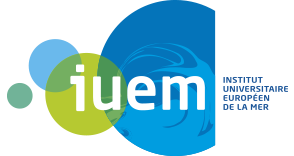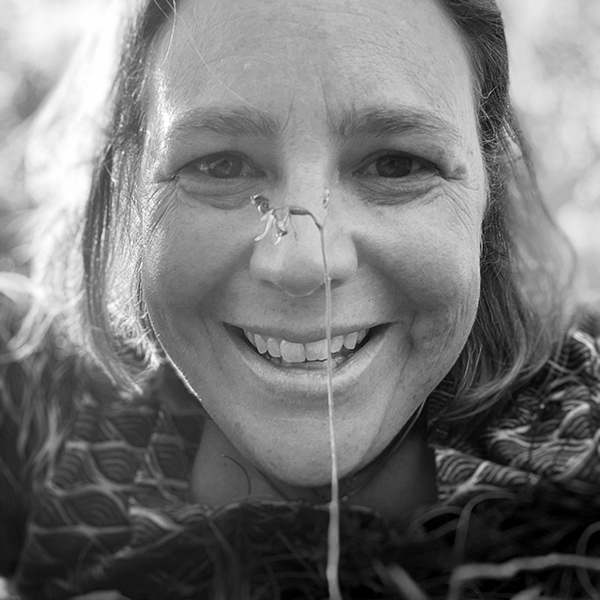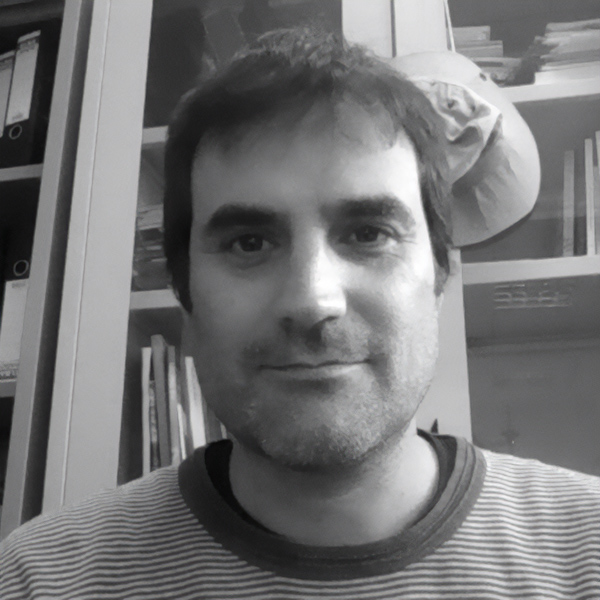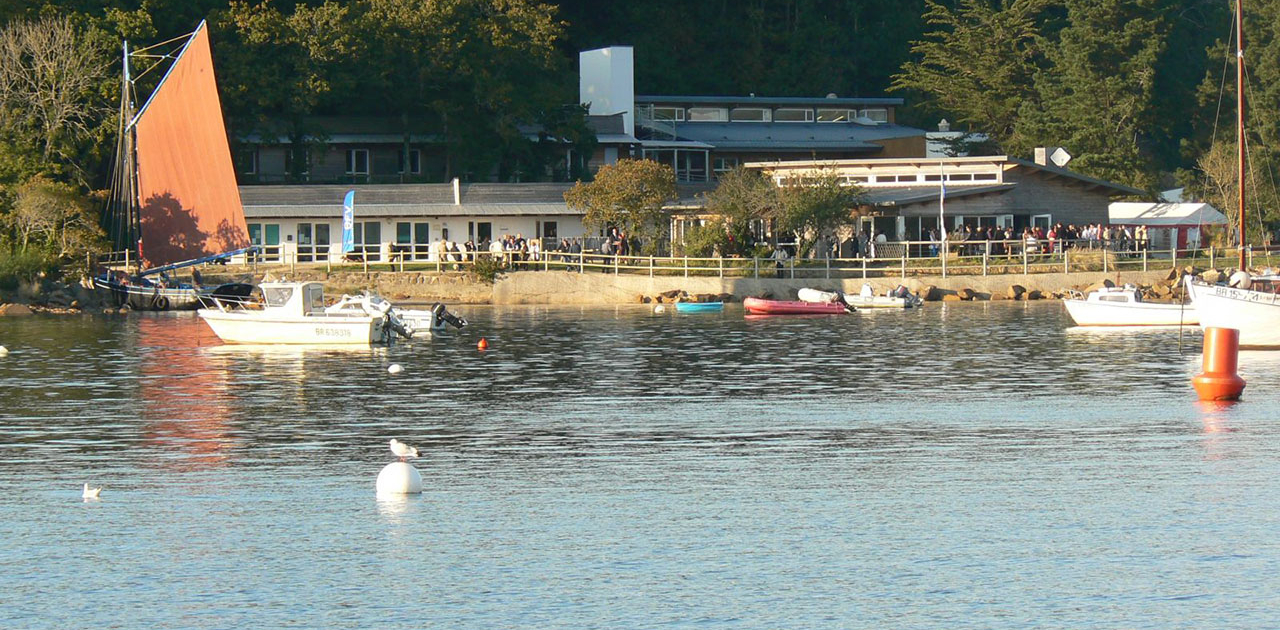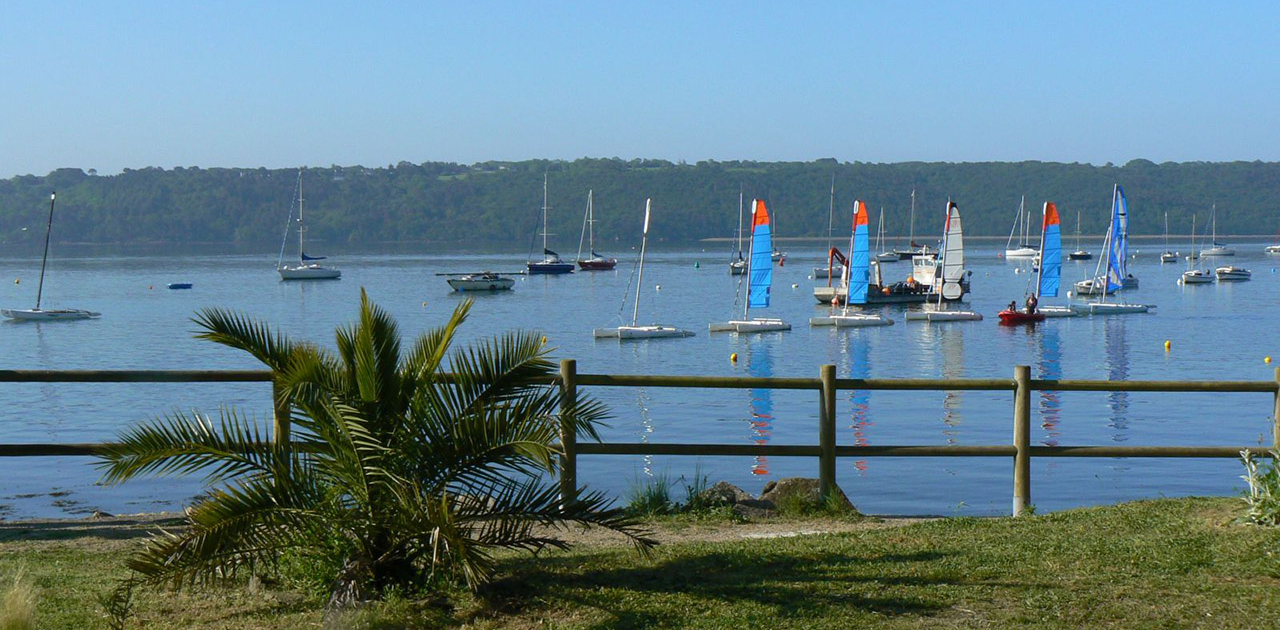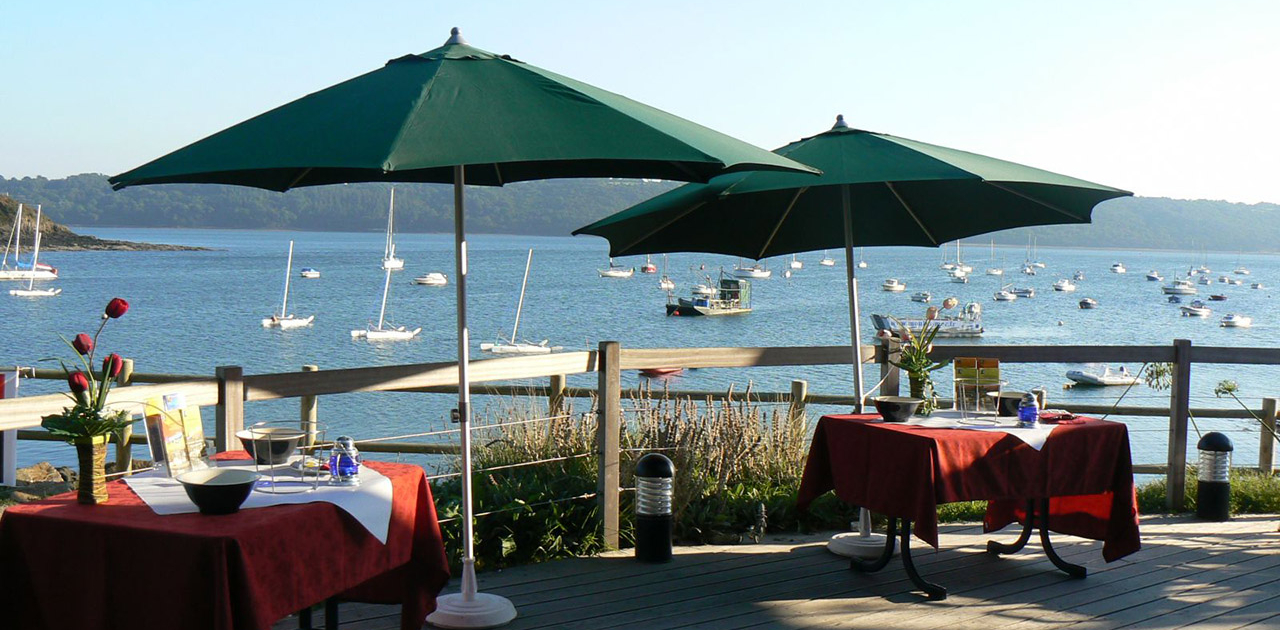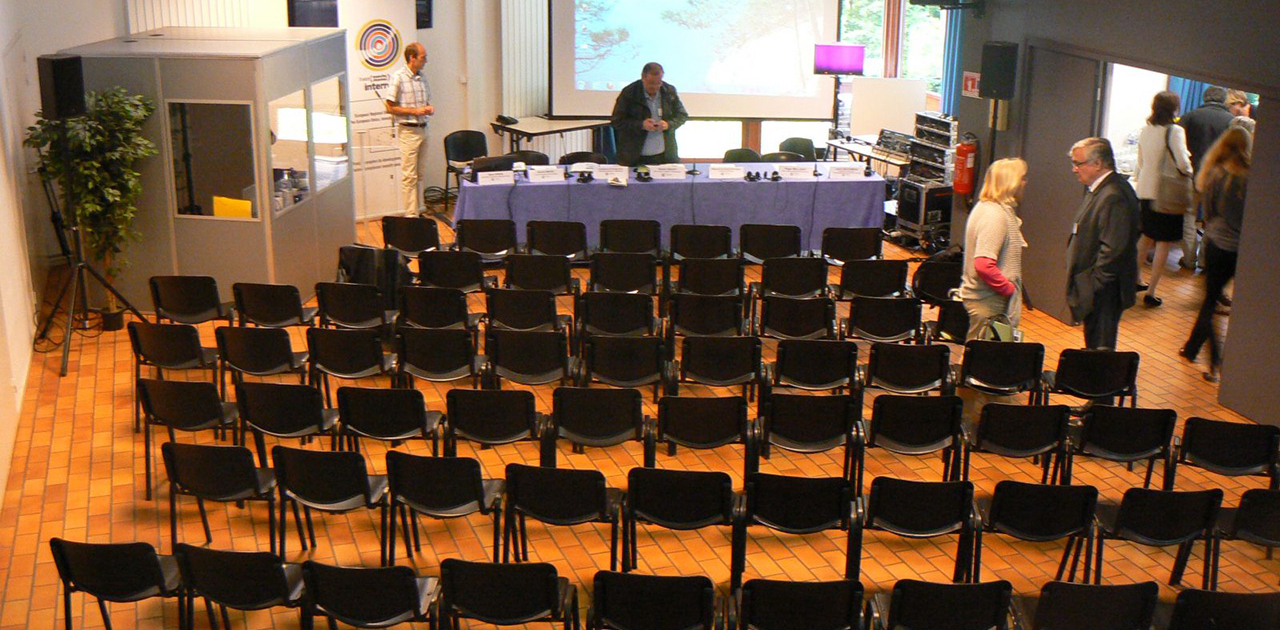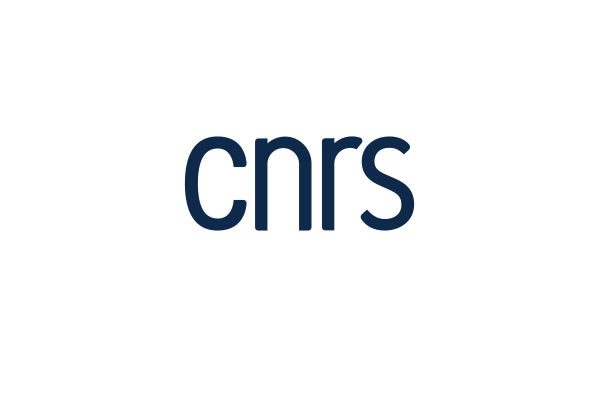The SILICAMICS interdisciplinary conferences series was launched in 2015 under initiative of the international Silica Group. These conferences series aim to develop an integrative approach that includes chemistry, biogeochemistry, biochemistry, physiology and genomics to better understand biosilicification and silicifiers in past, contemporary and future oceans. Among the outcomes of the three first SILICAMICS conferences are synthesis articles in Nature Geoscience (2018) and in Biogeosciences (2021) and two special issues of Frontiers in Marine sciences (2019 and 2022) that hosted more than 24 articles. The 4-day SILICAMICS 4 conference, to be held in Brest (France) in October 2024, focuses on:
- Biogeochemical Cycle of Silicon: Processes and Fluxes
- Paleo including the evolution of silicifiers
- Ecology and Biology of marine and terrestrial silicifiers
- Silicification processes and omics
- Siliceous plankton in the Open Ocean: Linking physics and biology
- Polar seas
Built around a “Gordon conferences” format, SILICAMICS 4 will bring together a small group of experts, young researchers and students in a secluded and beautiful location near Brest. The organizing committee has invited top-notch speakers, and the time for discussion and exchange between poster and presentation sessions, as well as working groups, will offer PhD students and young scientists the chance to debate with senior scientists in order to develop their own understanding of science in general, and more specifically of SILICAMICS’ flagship theme, the silicon cycle and the role of silicified organisms in the oceans.
6 sessions, 6 invited speakers
Session 1
Biogeochemical cycle of silicon: processes and fluxes
Session details
Since the end of the previous century, several articles on Si budgets have been published, showing real progress in our understanding of the geochemical and biogeochemical processes that control the Si marine cycle at regional and global scales, and in quantifying the input, output, and biological fluxes at different scales. However, is the marine silica cycle at a steady state, or what are the impacts of global changes on this cycle, are still open questions. In this session, we invite and welcome contributions dealing with processes and Si fluxes that help for a better understanding of the silica cycle at different scales. The invited conference shows how powerful the use of Si isotopes is to understand the surface Earth reactive silica cycle.
Invited speaker : Shaily Rahman| Univ. Colorado Boulder, USA
“Probing mass balance, fluxes, and deep time implications of the surface Earth reactive silica cycle using Si isotopes”
Download abstract
Session 2
Paleo including the evolution of silicifiers
Session details
In a context of global warming with short meteorological archives (~150 years), reconstructing the dynamics and long-term trends of past climate cycles has never been more relevant. Siliceous microfossils preserve well and offer key information on past environments. Additionally, it is primordial to understand how silicifiers evolved through time for a comprehensive understanding of their systematics and modern ecology. So, in this session we invite and welcome contributions along these lines. The invited conference will show, based on their assemblages, how siliceous microfossils offer a wealth of information essential to unlock key links between climate and ecosystems.
Invited speaker : Giuseppe Cortese| GNS Science, NZ
“Radiolarians and diatoms as sources of past climate and environmental information in the Southern Ocean”
Download abstract
Session 3
Ecology and biology of marine and terrestrial silicifiers
Session details
As mentioned by the guest speaker: “all plants accumulate silicon”. All plants, but also animals, from protists to mammals! However, the function of silicon is not always well understood, which prevents us from understanding its possible contribution to the success of certain clades and the expansion of specific biomes. In this session we invite and welcome contributions dealing with the ecological role of silicifiers, the biological benefits and mechanisms of silicification and the relationships with ecosystems. The guest speaker will consider the role of Si in plants from a biome (terrestrial, marine and also freshwater) perspective and will underline the main gaps.
Invited speaker : Julia Cooke| The Open University, UK
“Plant silicification by biome”
Download abstract
Session 4
Silicification processes and omics
Session details
Silicifiers are among the most important living organisms of planet Earth. However, their ability to take up silicic acid and the full processes to precipitate it to build complex silicified architectures remain poorly understood. Diatoms have been the center of attention of bio-silicification studies. The physiology and biochemistry of pelagic diatoms have been extensively studied but many gaps remain regarding the silicification mechanisms and their variations due to environmental changes. Genomics of diatoms and other organisms can help understanding such processes and can be used to formulate new hypotheses and research strategies for explaining the role of different silicifiers in coastal and open ocean ecosystems, and their control of C, N, P, and Si biogeochemical cycles.
In this session we invite and welcome contributions of emerging approaches and other resources that can help us to better understand the silicification processes of all silicifiers. The invited conference will highlight the role of silicon transporter proteins in diatoms.
Invited speaker : Nils Kroeger | Technische Universitaet Dresden
“The molecular basis for silica morphogenesis in diatoms”
Download abstract
Session 5
Silicifiers in the open ocean and upwelling systems
Session details
Diatoms, which play a key role in the biological carbon pump, are known to thrive in high nutrients – high turbulence systems (cf. coastal upwellings, polar seas, …). In principle, stratified and oligotrophic waters are not favorable for the growth of diatoms. However, it has been shown that episodic blooms of phytoplankton, including diatoms, can occur in specific meso- and sub-mesoscale structures. So far, it has not been possible to link specific dynamical structures to phytoplankton functional types. In this session we invite and welcome contributions that demonstrate the coupling of physics and biology to better understand and model the distribution and production of siliceous plankton in the open ocean. The invited conference gives evidences on how structures with a high degree of coherence in high turbulent kinetic energy and vorticity can sustain high concentrations of diatoms in the sunlit layers.
Invited speaker : Ismaël Hernandez-Carrasco| CSIC, IMEDEA, Spain
“Highly-coherent oceanic structures and their impact on the diatom dynamics”
Download abstract
Session 6
Polar seas
Session details
In polar environments, diatoms are able to grow in the ice, under the ice, in open waters and at the surface of the sediments. As such, diatoms traditionally dominate the primary production of the polar seas. However, different drivers linked to natural variability and global change already provoke a switch towards non-diatom species such as Phaeocystis or other small flagellates. Moreover, the physiological changes involved in diatoms by global changes suggest potential strong consequences for the future contribution of the high-latitude ecosystems to carbon export and climate mitigation. Moreover, a shift in rhizarian populations is observed related to global warming. With the increasing melting of the glaciers siliceous sponges are sprouting up. This session invites all works trying to understand the actual contribution of silicifiers and their evolution in the fast-changing polar seas. The invited conference will review the major contribution of diatoms in polar environments.
Invited speaker : Karley Campbell | UIT, Norway
“Diatoms in polar seas”
Scientific Committee
- Su Mei Liu (UOC, China)
- Patricia Grasse (Center for Integrative Biodiversity, Leipzig, Germany)
- Manuel Maldonado (CSIC, Spain)
- Jill Sutton (LEMAR-IUEM)
- Aude Leynaert (LEMAR-IUEM)
- Paul Tréguer (LEMAR-IUEM)
- Brivaela Moriceau (LEMAR-IUEM)
- Jeff Krause (Univ South Alabama, USA)
- Xavier Crosta (EPOC, Univ Bordeaux)
- Taniel Danielan (Univ de Lille)
- Tristan Biard (LOG, Wimereux)
- Damien Cardinal (LOCEAN, Sorbonne Université)
- Johann Lavaud (LEMAR-IUEM)
- Fabrice Not (SBR-Sorbonne Univ)
- Matthieu Civel (LEMAR)
- Lucie Cassarino (LEMAR)
- Natalia Llopis-Monferrer (MBARI, California)
- María López Acosta (CSIC IIM, Vigo)
- Dongdong Zhu (OUC, Qingdao)
- Diana Varela (Univ. Victoria, Canada)
Organising committee
- Jill Sutton (LEMAR)
- Brivaela Moriceau (LEMAR)
- Stefan lalonde (Geo-Ocean)
- France Floch (Geo-Ocean)
- Matthieu Civel (LEMAR)
- Lucie Cassarino (LEMAR)
- Paul Tréguer (LEMAR)
- Aude Leynaert (LEMAR)
- Johann Lavaud (LEMAR)
- Morgane Gallinari (LEMAR)
Conference venue
The event will be held in Brittany (France) in Logonna-Daoulas in October 2024 at the “Moulin Mer”seminar center. This facility offers space for sessions and workshops, meals and accommodation, all in one location, including access to educational rooms and sampling sites in marine, freshwater and terrestrial environments. For your spouse, it also provides access to beautiful walks along beaches, forest and activity areas such as volleyball, badminton, sailing and fishing. The site is located between Brest and Quimper (8min from the freeway). The site is located between Brest and Quimper (8 minutes from the expressway). Brest is the nearest city, with a TGV train station and an airport offering some international flights and a wide choice of flights via Paris (Orly or Charles de Gaulle).
